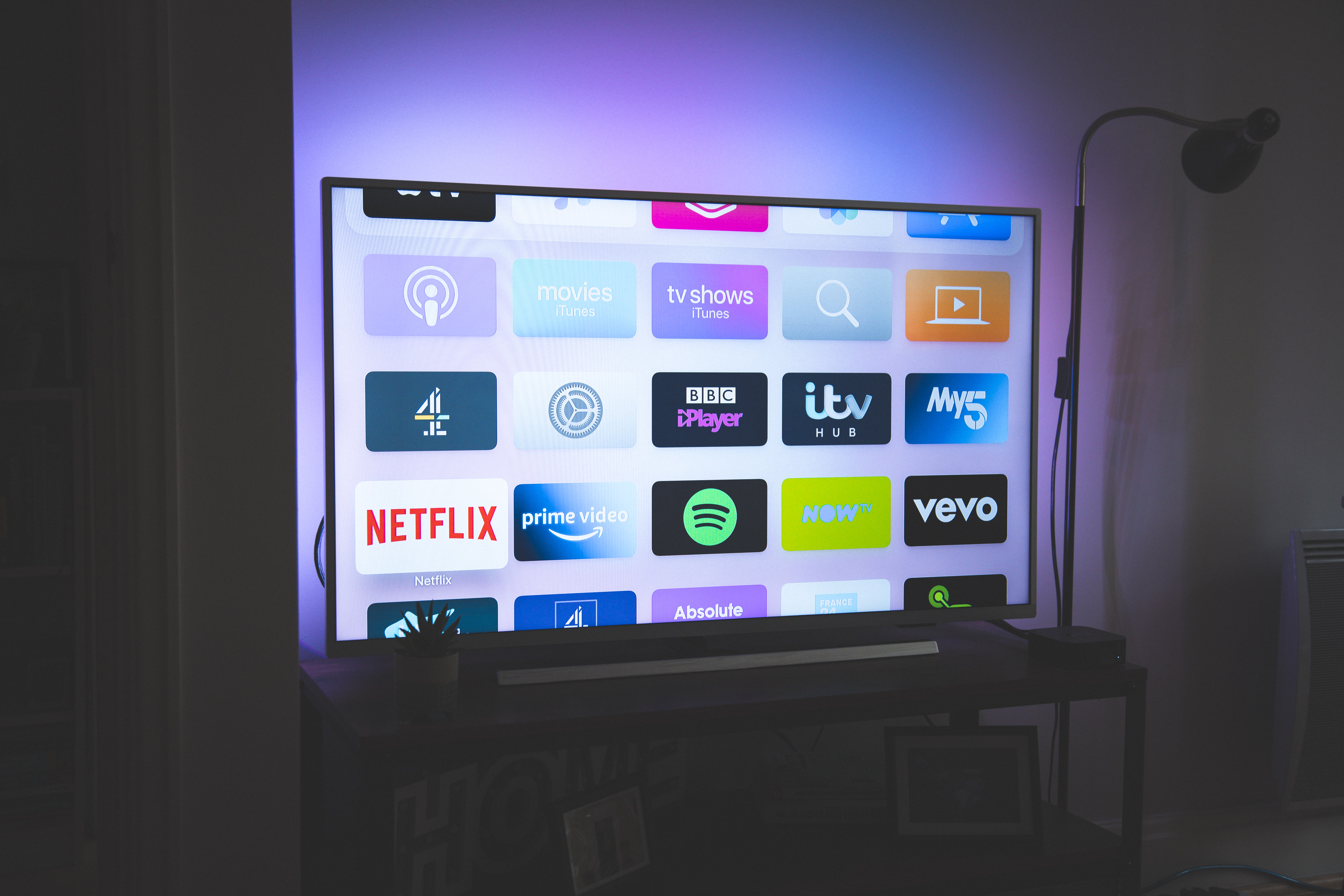2 min read
Contextual targeting: Say goodbye to cookies and hello to context
Every day brings us closer to the time when cookies aren’t an option for advertisers anymore. The news of cookies going away isn’t all...
5 min read
 David Simutis
:
Nov 28, 2022 11:51:08 AM
David Simutis
:
Nov 28, 2022 11:51:08 AM

Daily digital media consumption is predicted to increase by nine minutes to eight hours and 23 minutes in 2023. That’s a lot of time spent reading articles, watching videos, listening to podcasts, and viewing shows and movies online. This is great news for the digital advertising industry. The opportunities for marketers to reach and engage consumers are virtually endless with so much of our lives now being spent online.
However, there is a downside to this explosion in internet content—risks to brand reputation if ad placements appear alongside unsavory or inappropriate content misaligned with brand values. Being affiliated with the wrong type of content can permanently damage a brand’s image. To prevent this potential threat, brand safety has become a huge focus in the ad tech ecosystem. As defined by the IAB, brand safety measures protect a brand’s reputation by avoiding ad placements near inappropriate content, such as hate speech, fake news, or extremist content.
Brand safety is often used interchangeably with the related term “brand suitability.” But the two terms actually differ in some key ways. Whereas brand safety is often focused on avoidance of unsavory or inappropriate content through tactics like blocklists and keyword exclusion lists, brand suitability takes a more nuanced approach that involves identifying types of content and sites with which specific brands are OK aligning. Pursuing brand suitability over traditional brand safety tactics means your brand can identify potentially high-quality placements that boost ad revenue instead of over-blocking certain content categories, keywords, topics, and publishers.
While there is a vast variety of content on the internet, there are a few main categories about which advertisers are generally wary when it comes to brand suitability. Here are six that come up a lot for advertisers aspiring to brand suitability.
As some of the statistics we shared above reveal, there is a potential major cost to brand reputation when running alongside the wrong content. According to the 2022 TAG/BSI US Consumer Brand Safety Survey:
While preserving the safety of the internet surely requires a collective effort among not only advertisers, but all stakeholders in the digital media ecosystem, it’s clear that consumers themselves mostly put the onus on brands and agencies. With the world landscape as it is—COVID-19 and other health issues, economic uncertainty, war, contentious elections and claims of election fraud—brands will require an ongoing brand suitability strategy.
In addition, fast-growing digital advertising channels such as connected TV pose their own challenges. Many advertisers continue to buy on blind or opaque inventory due to an industry-wide issue with getting actual transparency into which inventory CTV buyers get. This is due to wide variations in data availability, inconsistent and indecipherable app data, and lack of industry-wide standards. The result is that many CTV ads wind up running on low-quality inventory such as user-generated content, non-professional video categories, screensavers, or mobile apps.
To ensure your ads consistently run in suitable environments, you must balance content concerns with surfacing context-appropriate content and publishers for your ads.
Content doesn’t need to be hateful, misinformed, or extremist to be unsuitable for your brand. Other categories, such as anime, kids content, and user-generated content, can both cause concerns among consumers and waste your ad spend, especially in environments like CTV. When you don’t know where your ads are running, it’s impossible to know if they reached your target audience. This means it’s impossible to know if your ad spend was used wisely.
As the industry shifts away from behavioral targeting in the face of third-party cookie deprecation, Apple IDFA, and changes on Facebook and Twitter, recent studies show that there could be increased performance and advertising savings when using targeted, programmatic contextual advertising. Because contextual focuses on the most recent content consumed and its context versus a pair of shoes bought six months ago, it can be a more accurate indicator of intent to buy, in addition to an overall safer way of targeting ads to consumers.
A study with Dentsu Aegis Network showed that compared with similar third-party cookie ads:
Other research by Digiday shows that advertisers are beginning to shift their spend to contextual-based strategies:
Contextual solutions that leverage pre-bid targeting, by which publishers rely on unique segments and line items to ensure more appropriate ad targeting efforts and higher media quality, can save you money compared to post-bid targeting. The best pre-bid targeting solutions impart less competition on each impression due to up to 50% larger impression pools, reducing your overall media cost and shaving up to 20% off data costs. (You can read more about pre-bid segments powered by companies like Integral Ad Science (IAS) here.)
Contextual advertising is not only a good financial decision, but can also help you balance brand safety and brand suitability while boosting performance.
Shifting your focus from where a user has been to where they currently are ensures that your ads are related to the content they’re consuming in real-time. By analyzing the keywords and content on the web page itself—rather than user browsing behavior or demographics—using machine learning and algorithms, you can more precisely target the right audience with the right ad. A contextual advertising approach is also underpinned by first-party data and privacy-safe third-party data, future-proofing your strategy for the cookieless future.
At Peer39, we analyze every element of a page—URL, page layout, page type, page quality, page signals, and more—so we can classify it in real time. Using artificial intelligence, natural language processing, and machine learning algorithms help our platform continually learn and make the best recommendations for running ads in suitable environments.
Sign up for a free transparency tag to understand where your ads are running.

2 min read
Every day brings us closer to the time when cookies aren’t an option for advertisers anymore. The news of cookies going away isn’t all...

Programmatic ad spend is continuing to grow, with budgets expected to hit $725 billion in 2026 (up from $418 billion in 2021). Contextual traffic is...

Everything seems to be getting faster. The speed at which businesses do, well, business, continues to accelerate. Digital and CTV advertising are no...